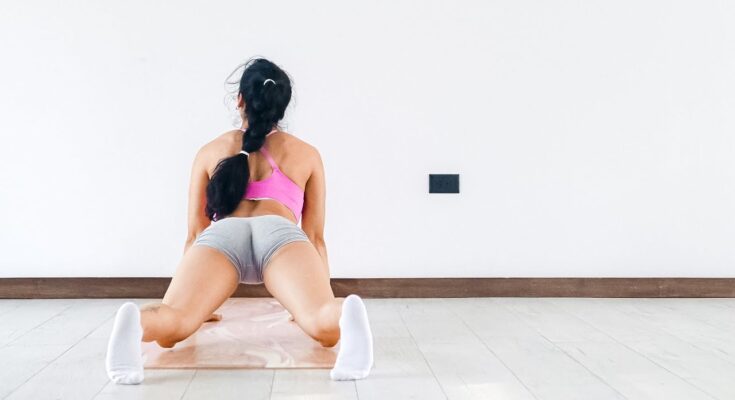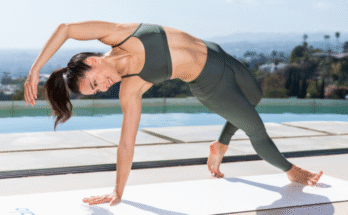Yoga, an ancient practice that combines physical postures, breath control, meditation, and a deep connection to the mind and body, is renowned for its ability to enhance flexibility, strength, and mindfulness. As you progress through your yoga journey, you may encounter positions that test your limits, both physically and mentally. While yoga can be calming and grounding, certain poses demand significant effort, concentration, and a well-trained body to perform them correctly. These challenging postures are often seen as milestones in one’s practice, pushing practitioners to develop greater body awareness, strength, and flexibility. In this article, we’ll explore some of the hardest yoga poses that challenge even the most seasoned yogis.
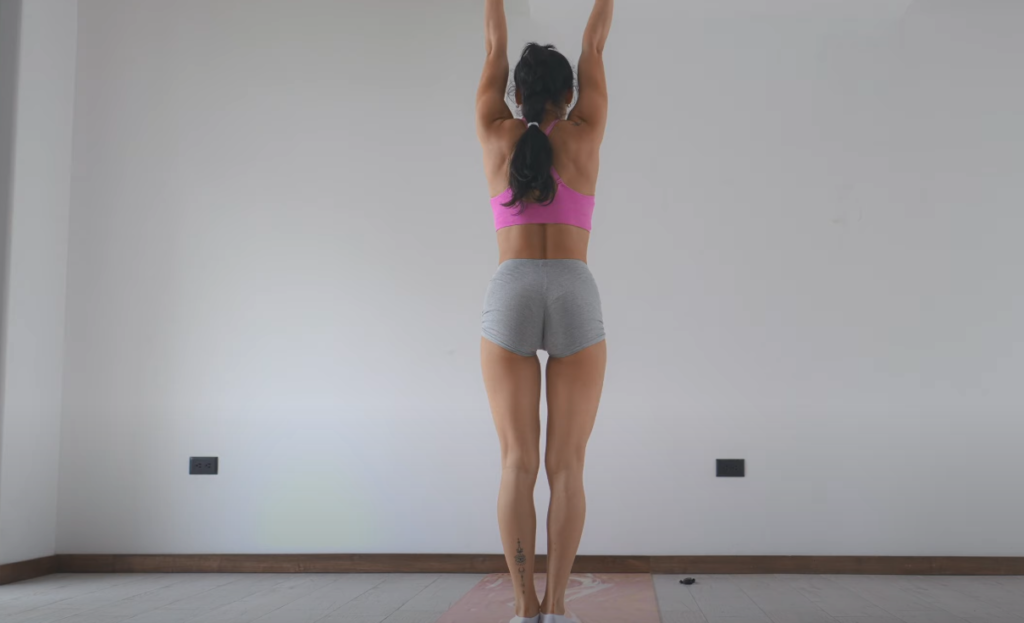
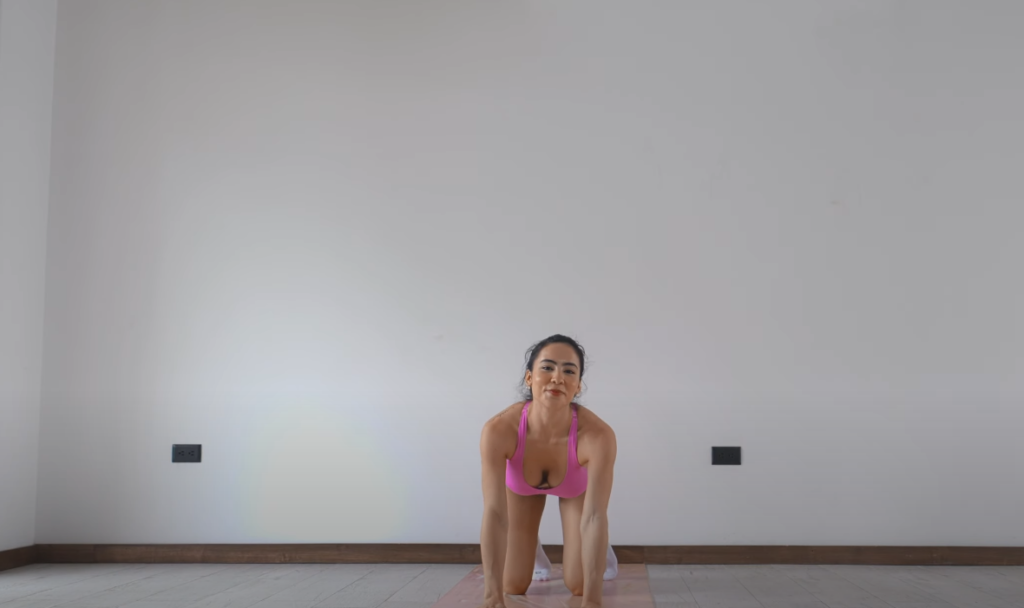

1. Handstand (Adho Mukha Vrksasana)
The handstand is one of the most iconic and challenging yoga poses. It requires a combination of strength, balance, and coordination. To perform a handstand, a practitioner must first build considerable upper body strength, particularly in the shoulders, arms, and core. The key is to engage your core while pushing through your hands to maintain stability. The legs must stay straight, and the gaze should be focused between your hands to help with balance.
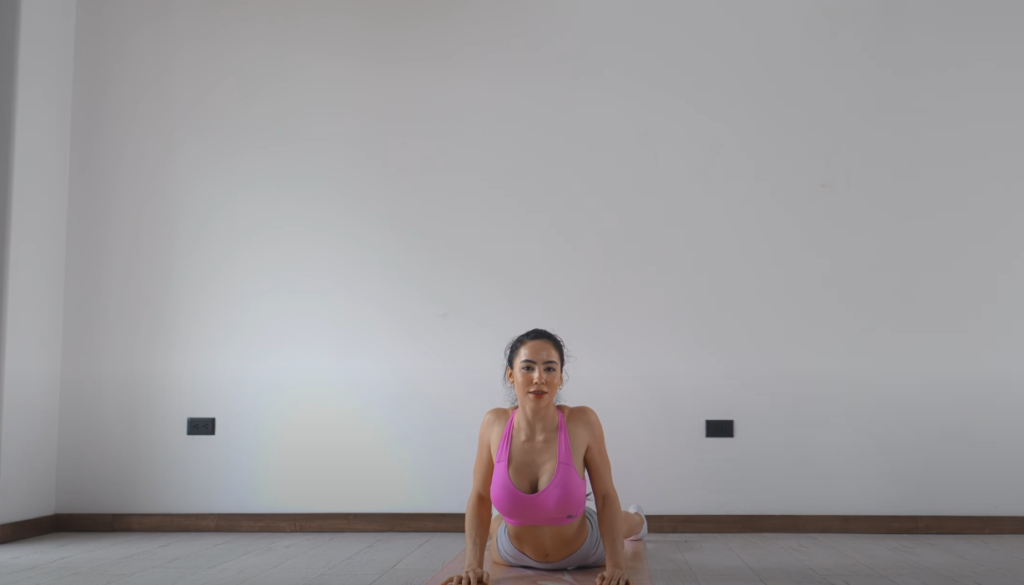
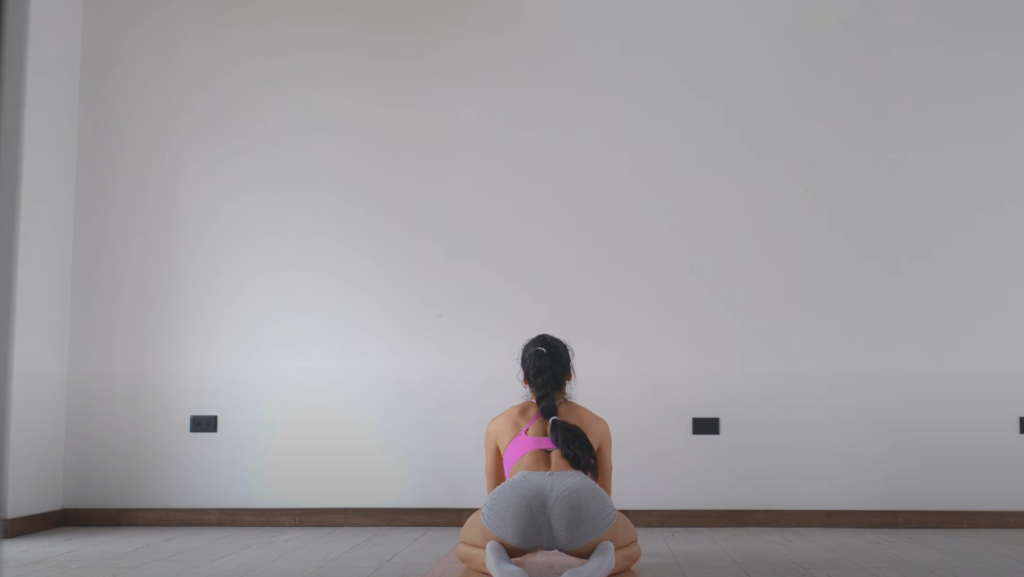
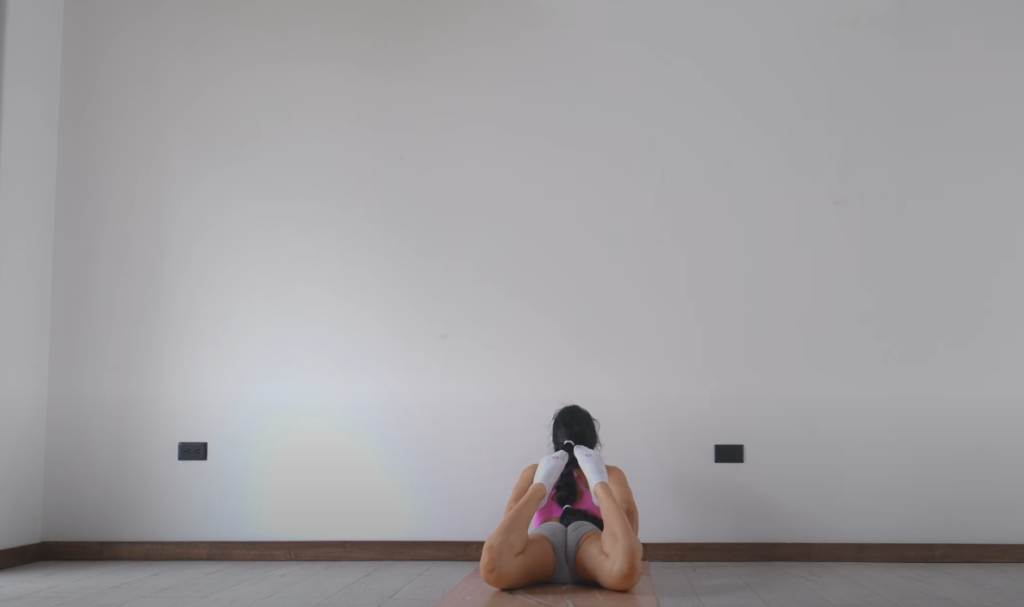
Not only is this pose physically demanding, but it also requires mental focus and a willingness to overcome fear. Many beginners struggle with the fear of falling, which can hinder their progress. However, with practice and proper guidance, handstands can become an empowering part of your yoga practice.
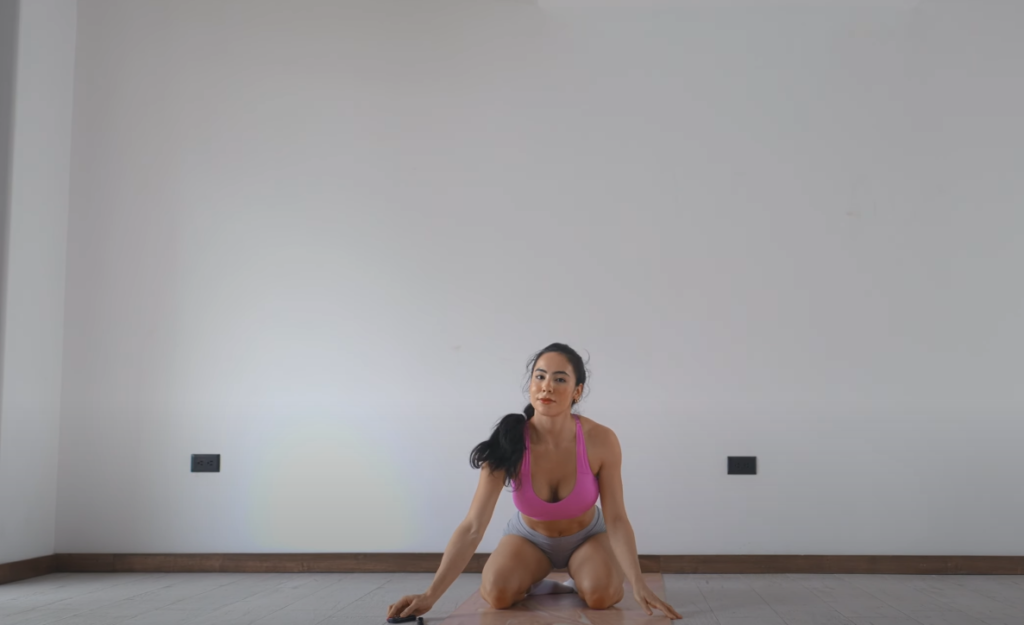
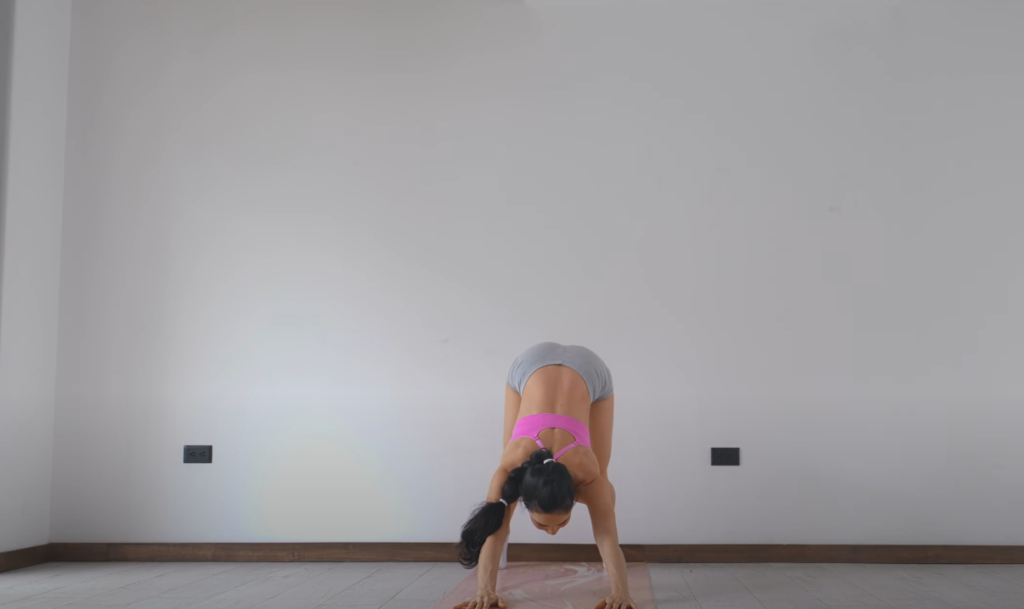
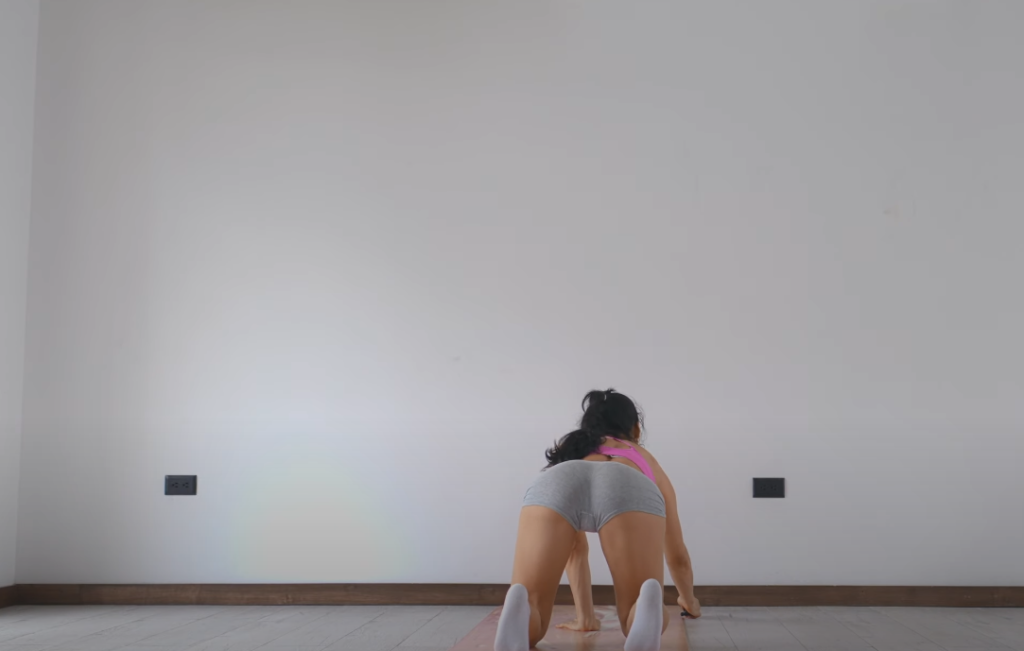
2. Crow Pose (Bakasana)
Crow pose is a balancing posture that challenges both your upper body strength and your ability to balance on your hands. To get into crow pose, begin in a squat with your knees bent and place your hands on the floor, shoulder-width apart. Slowly begin to shift your weight forward as you lift your feet off the floor, balancing on your hands. The core muscles must be engaged to prevent falling forward, and the arms need to be strong enough to support the body’s weight.
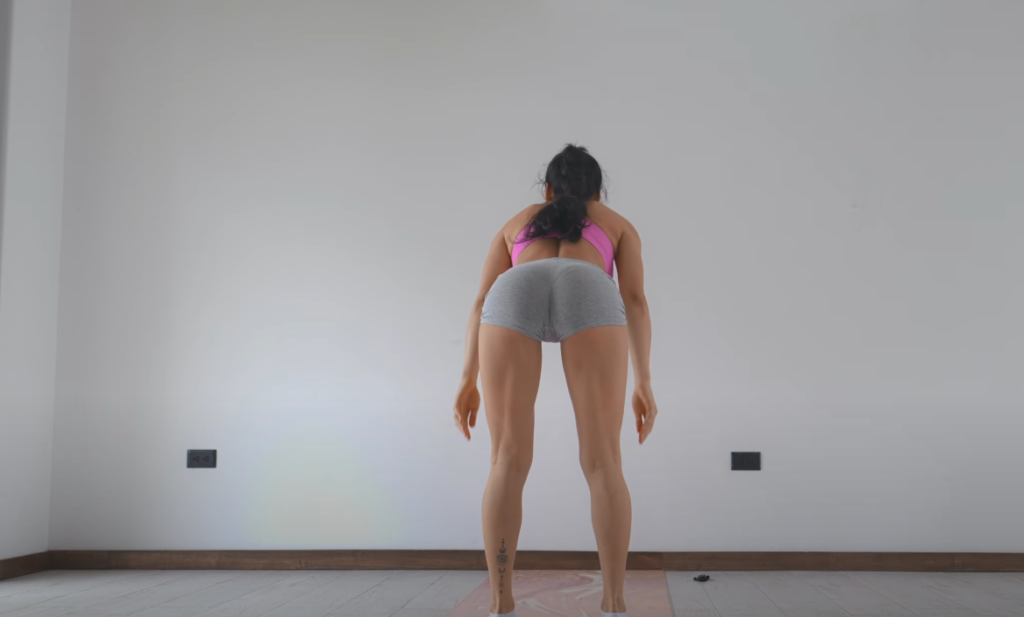

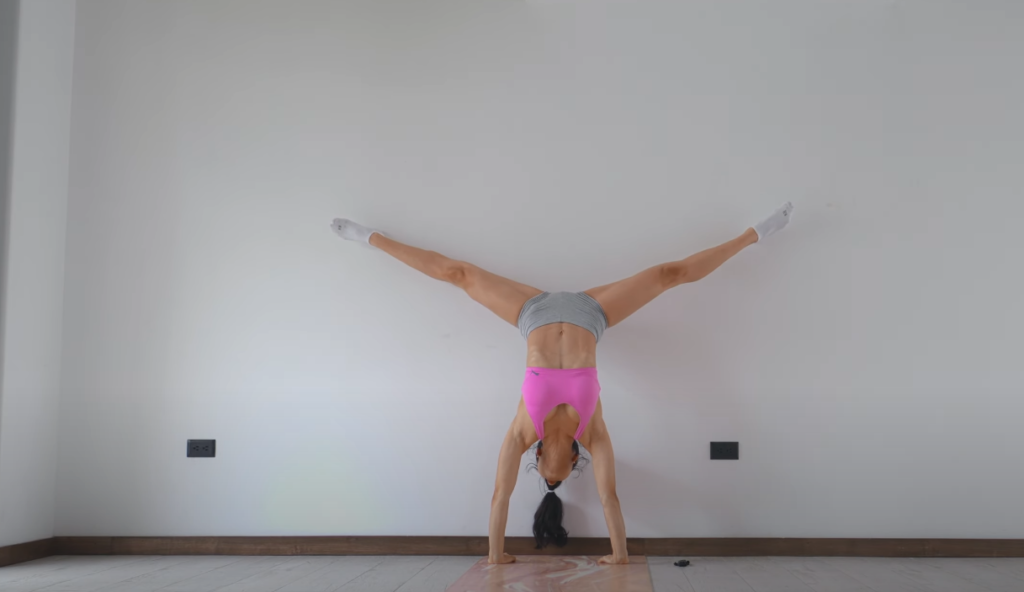
For many practitioners, the crow pose is a difficult position to master. The key to success is building strength in the arms and core while developing mental focus and trust in your own body. Once achieved, the crow pose is not only an impressive feat of strength but also a reminder of the power of determination.
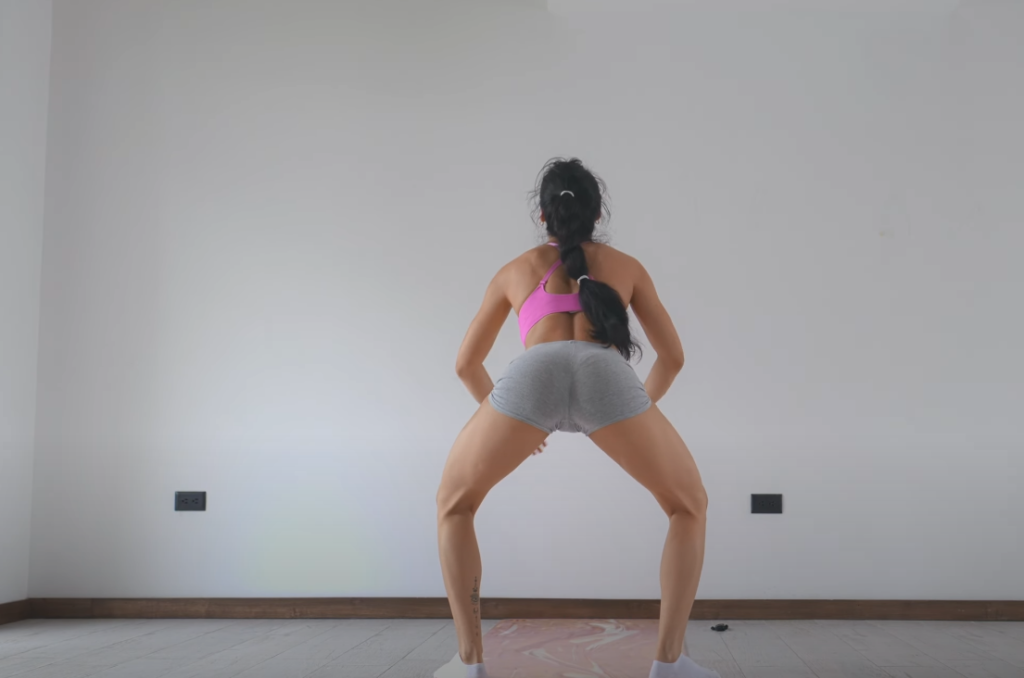


3. King Pigeon Pose (Kapotasana)
The king pigeon pose is an advanced backbend that stretches the hips, thighs, and chest, while also requiring deep flexibility in the spine. In this pose, you start in a pigeon pose (Eka Pada Rajakapotasana) and then gradually bend backward, reaching for your feet with your hands. The chest is opened, and the body forms an arch that requires flexibility and strength in the spine, shoulders, and legs.


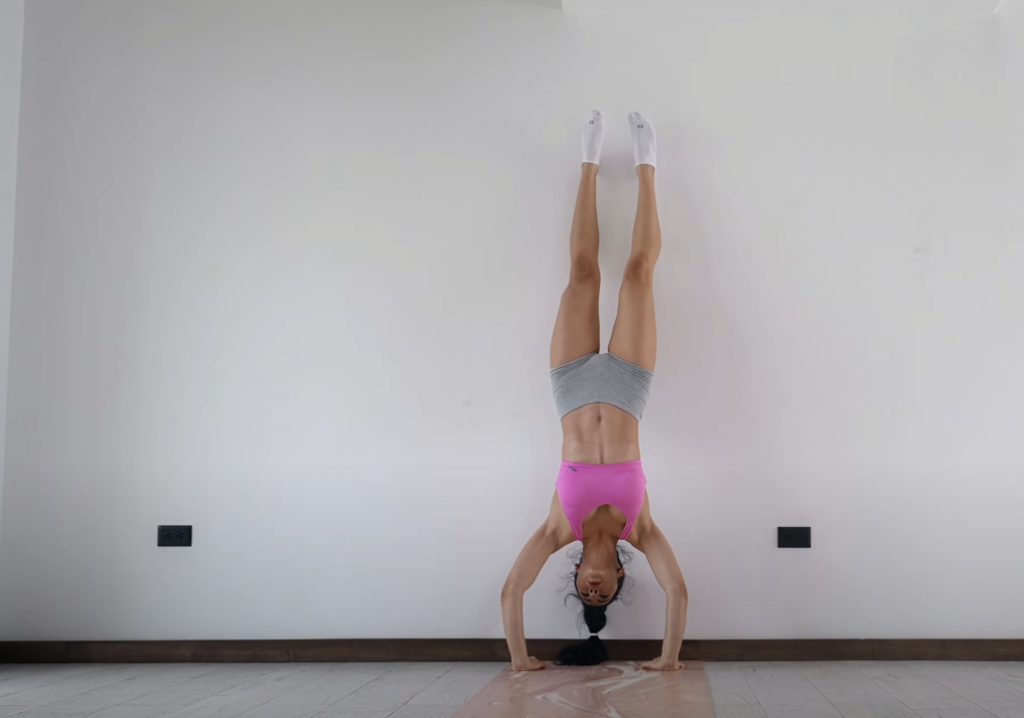
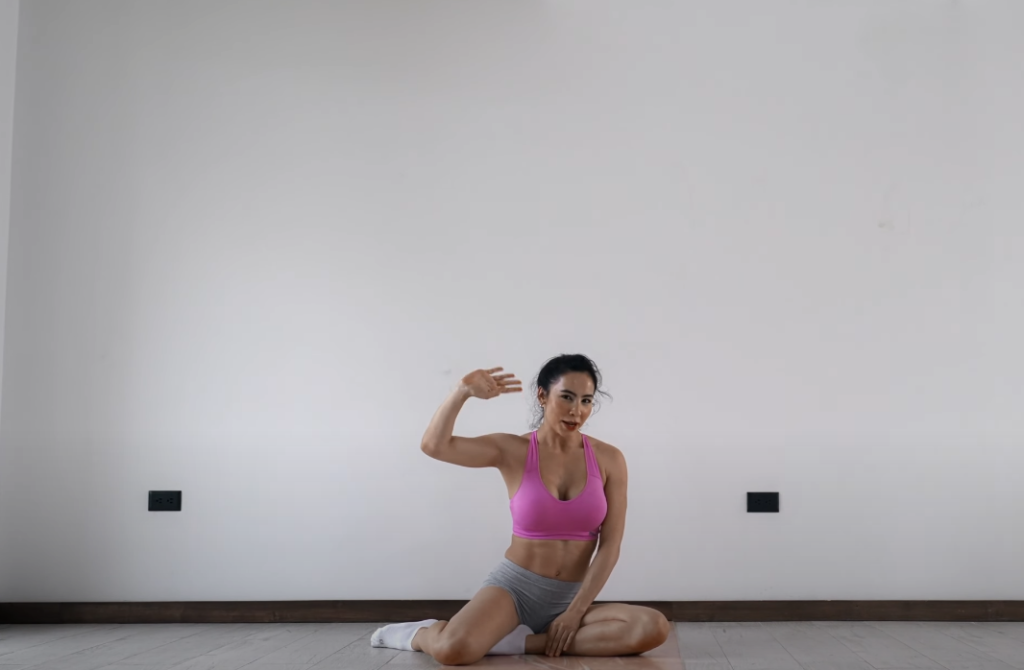
This pose is particularly challenging for those who lack flexibility in the hips and spine. Achieving this pose requires a great deal of patience and preparation, including working on hip openers and backbends to gradually increase flexibility and mobility. As you deepen into the pose, you’ll also need to cultivate mental focus to avoid straining the lower back.
4. Wheel Pose (Urdhva Dhanurasana)
Wheel pose, or Urdhva Dhanurasana, is a challenging backbend that requires strong arms, shoulders, and legs. In this pose, you start lying on your back and then press up into an arch, with the palms of your hands and the soles of your feet flat on the ground. The chest opens wide, and the spine creates a deep bend. The legs are engaged to help lift the body, and the arms must support much of the weight as you lift into the pose.
The wheel pose is physically demanding because it requires flexibility in the spine and shoulders, as well as strength in the arms and legs. For those with limited back flexibility, this pose can be particularly challenging. With consistent practice, though, it can lead to increased spinal mobility, strength, and a sense of accomplishment.
5. Scorpion Pose (Vrschikasana)
Scorpion pose is an advanced inversion and backbend that requires strength, flexibility, and balance. To enter scorpion pose, you begin in a forearm stand (Pincha Mayurasana) and slowly begin to bend your knees, bringing your feet toward your head. The legs are then stretched behind the back, and the chest opens fully.
This pose is incredibly challenging for several reasons. It requires strong core and shoulder muscles to maintain balance and control while upside down. Additionally, the flexibility needed in the back and legs to bring the feet towards the head can take years of practice to achieve. Scorpion pose demands a high level of body awareness, concentration, and trust in your own strength.
6. Eight-Angle Pose (Astavakrasana)
Eight-Angle pose is a complex arm balance that requires strength, flexibility, and coordination. To enter the pose, you begin in a seated position, and then you twist your torso to one side while threading one arm under the thigh and the other arm over the opposite leg. From there, you balance on your hands, keeping the legs extended and parallel to the floor.
The difficulty of the eight-angle pose lies in the coordination required to engage the core, twist the body, and balance on the hands simultaneously. It also demands flexibility in the hips and hamstrings, as well as strong arms and shoulders to support the body. This pose challenges practitioners to work on both their strength and flexibility, with a focus on building proper technique and alignment.
7. Lotus Pose (Padmasana) with Forward Bend
Lotus pose is an advanced seated posture that involves crossing the legs in a specific way, with each foot placed on the opposite thigh. While lotus pose is known for its meditative benefits, it can also be very challenging for those who are not accustomed to the deep hip flexibility required to achieve this pose.
When combined with a forward bend, the challenge is heightened. The forward bend deepens the stretch in the hips and lower back, requiring even more flexibility and patience. For many, achieving a full lotus pose with a forward bend takes years of consistent practice, as it requires the body to release tension in the hips, knees, and lower back. It’s essential to approach this pose with care to avoid injury, particularly to the knees.
8. Forearm Stand (Pincha Mayurasana)
The forearm stand is an inversion that is often seen as a precursor to more advanced inversions like handstands. To enter the forearm stand, you start in a dolphin pose and then walk your feet toward your hands to prepare for the lift. As you push through your forearms and core, your legs rise into the air, and you must find balance without relying on the wall.
This pose requires significant core strength, shoulder stability, and balance. Additionally, practitioners need to develop confidence and control in inversions to prevent falling. Like other inversions, it can be intimidating at first, but with consistent practice, it can lead to greater confidence and strength in the body.
9. Plow Pose (Halasana)
Plow pose is a deep stretch that requires flexibility in the spine, hamstrings, and shoulders. To perform plow pose, you begin by lying on your back and lifting your legs overhead, bringing your feet to the ground behind you. The arms remain on the floor, and the chest opens as you stretch the body in a straight line.
While plow pose offers a deep stretch for the back and legs, it also requires strength to maintain stability and prevent straining the neck or spine. Those with tight hamstrings or limited back flexibility may find this pose particularly challenging. As you practice, it’s important to focus on maintaining proper alignment and not pushing the body beyond its limits.
10. Standing Split (Uttanasana with One Leg Raised)
While standing split may appear straightforward, it is a demanding pose that requires a combination of flexibility in the hamstrings and hips, as well as strength in the standing leg. To enter the standing split, begin in a forward bend and then lift one leg high behind you while keeping the other leg straight on the ground.
This pose challenges balance and flexibility simultaneously. The standing leg needs to be strong enough to support the body while the raised leg stretches deeply. Maintaining a straight line through the spine and avoiding collapsing in the back is crucial for both safety and effectiveness.
Yoga is a journey of self-discovery, and mastering difficult poses is a rewarding process. While these advanced postures may seem unattainable at first, with patience, consistency, and mindful practice, you can work your way toward them. The hardest positions in yoga not only build physical strength and flexibility but also cultivate mental focus, resilience, and a deep connection to your body’s capabilities. Remember, the most important aspect of yoga is not about achieving the perfect pose, but about embracing the journey and the growth that comes with it.
